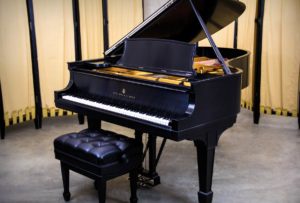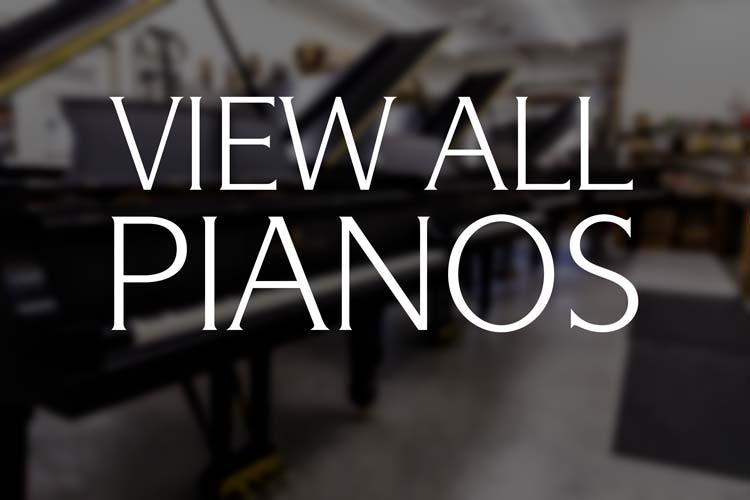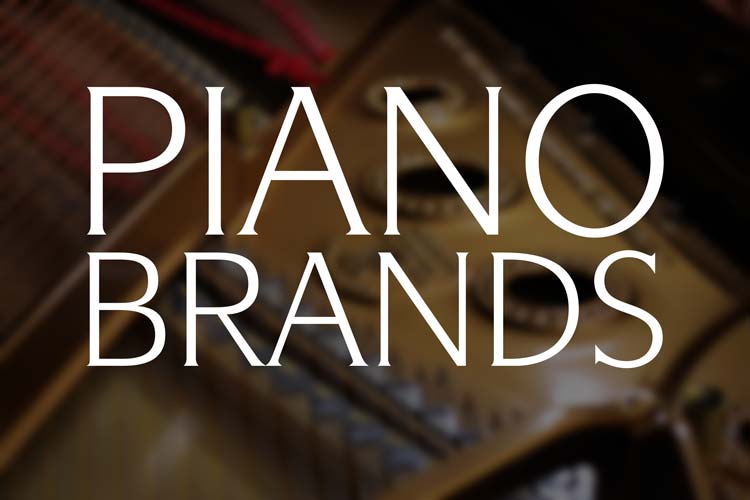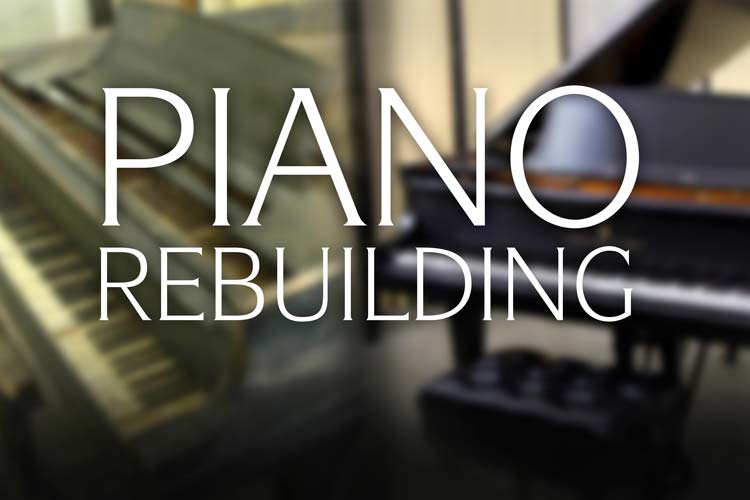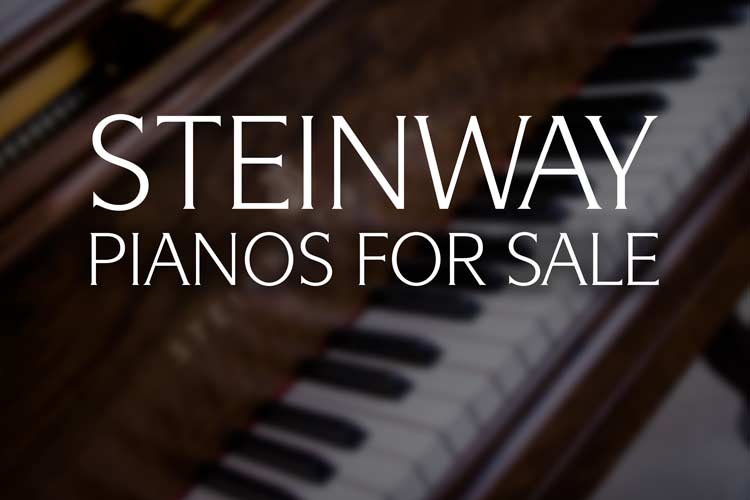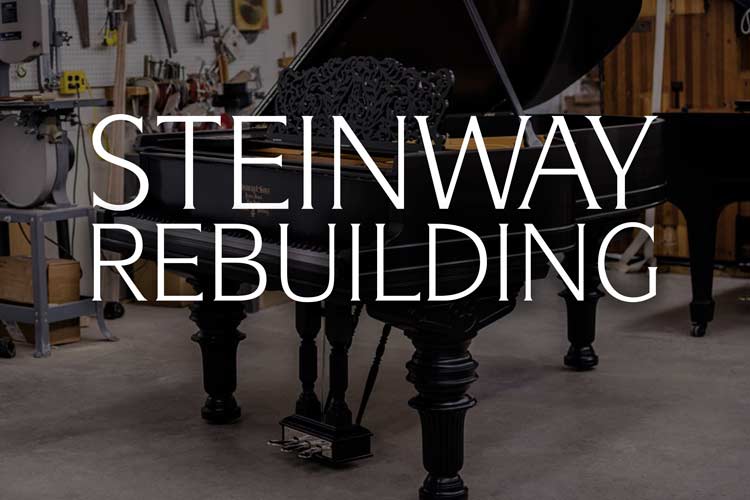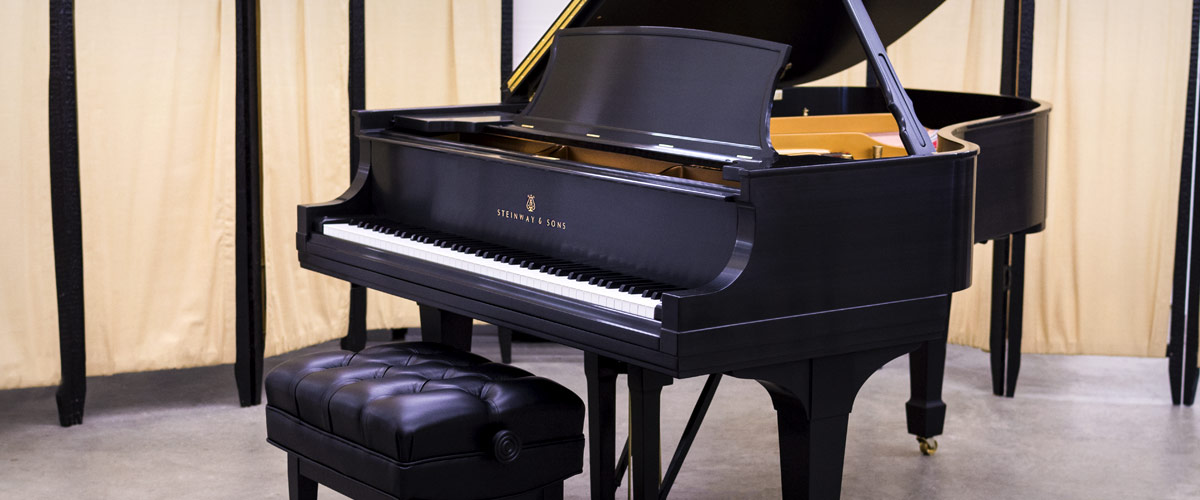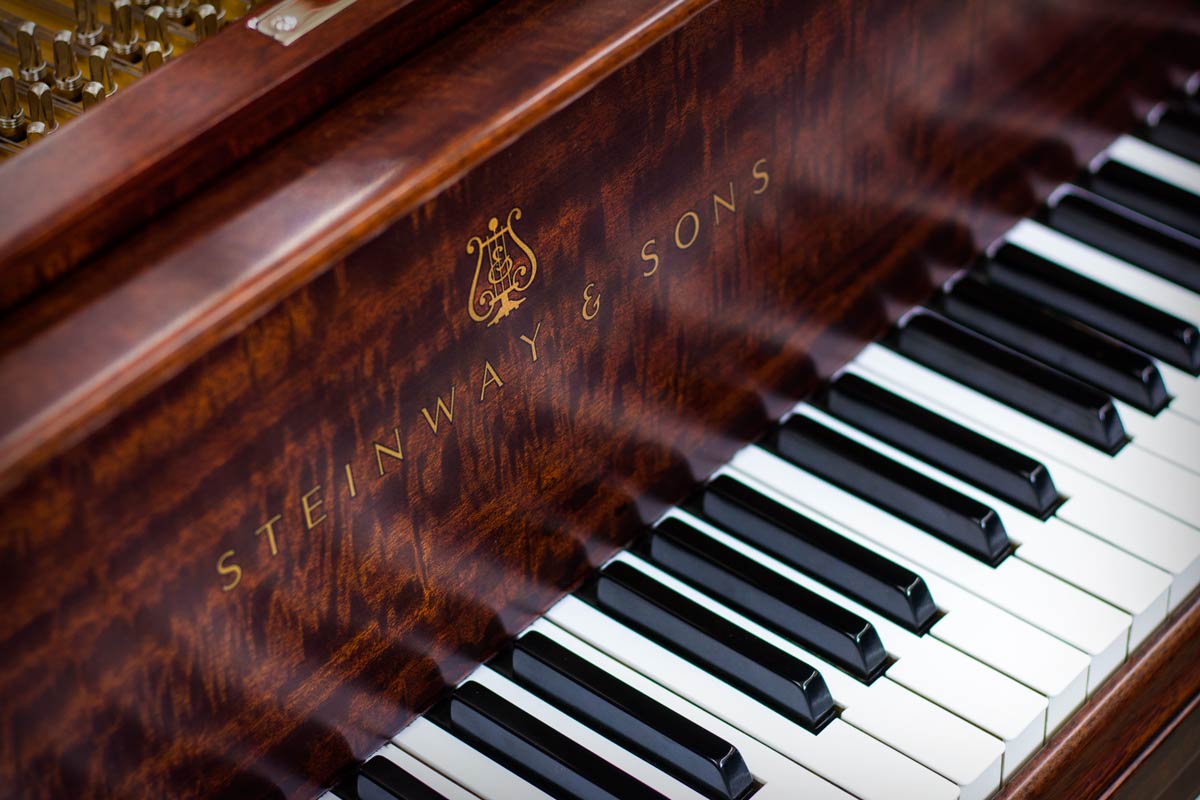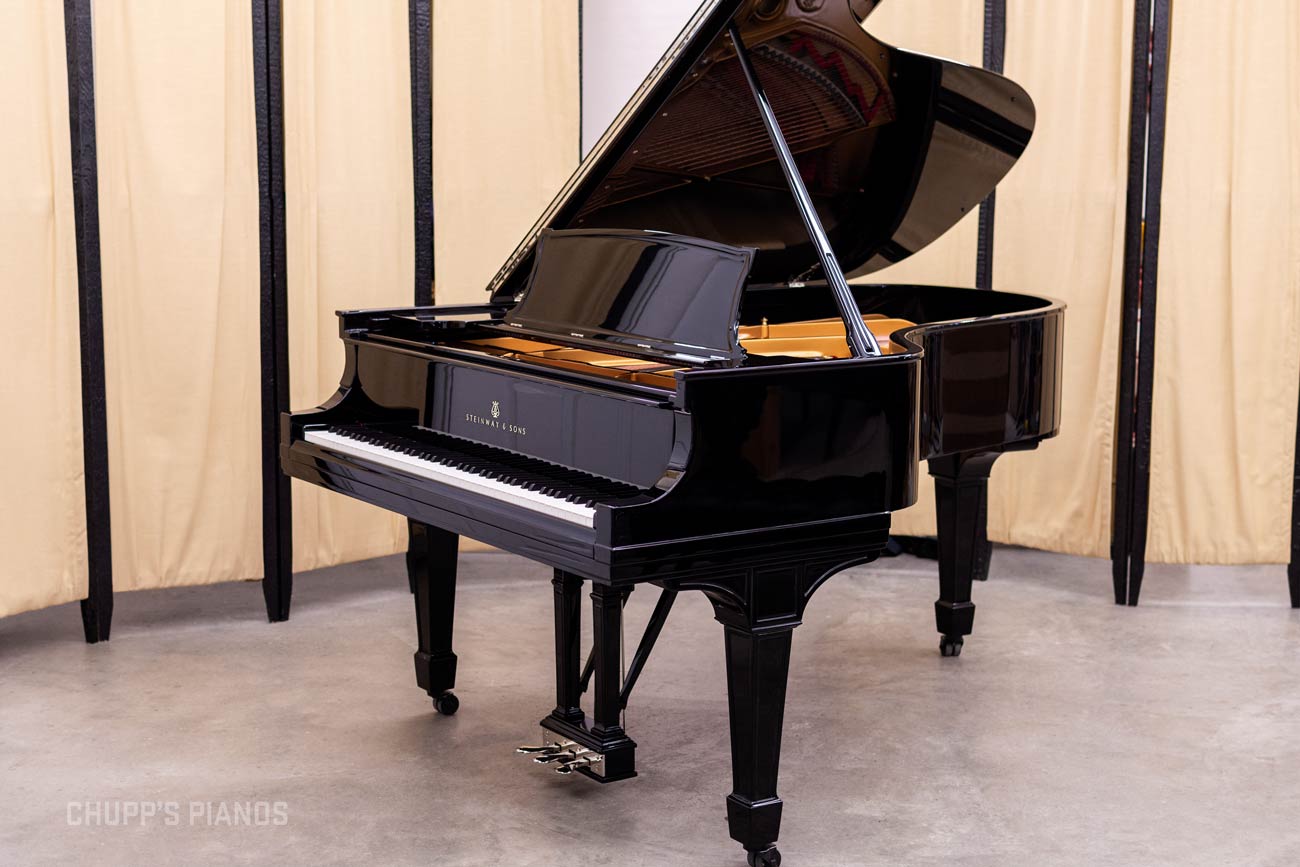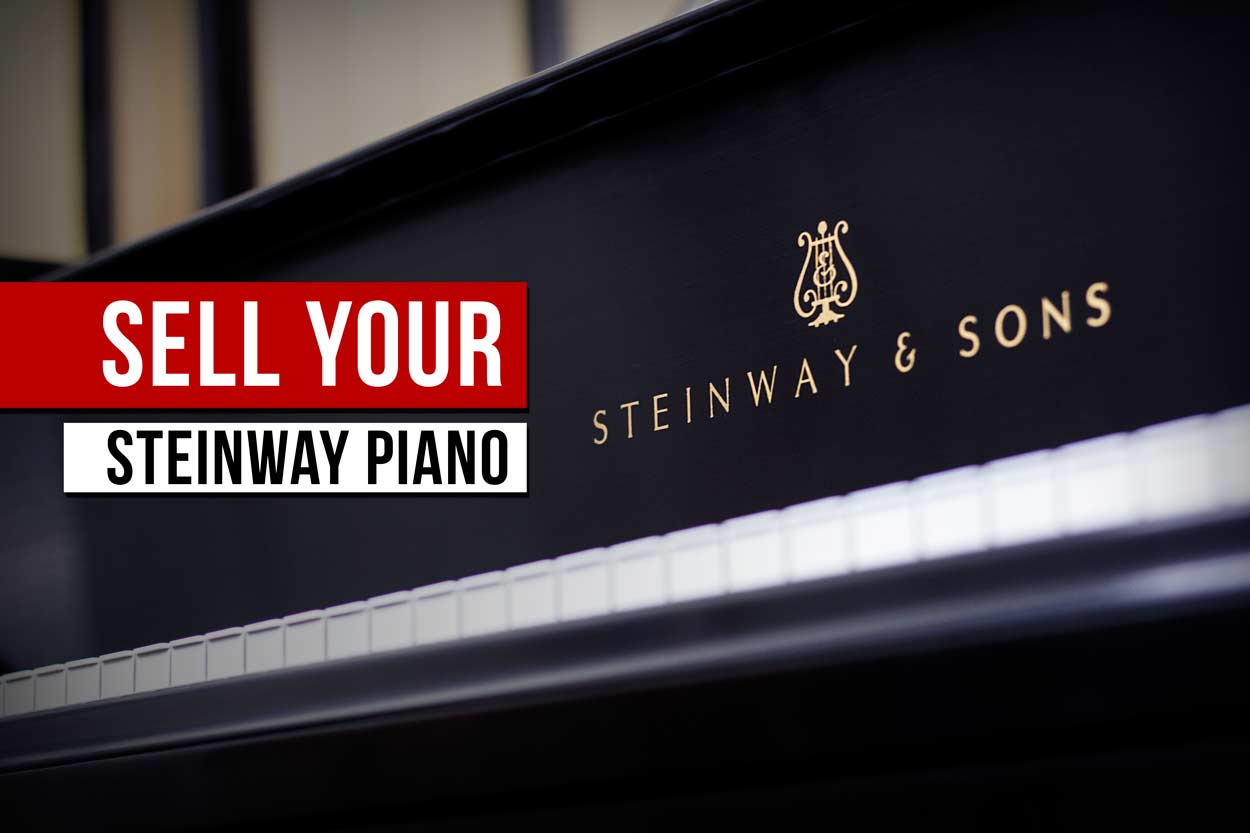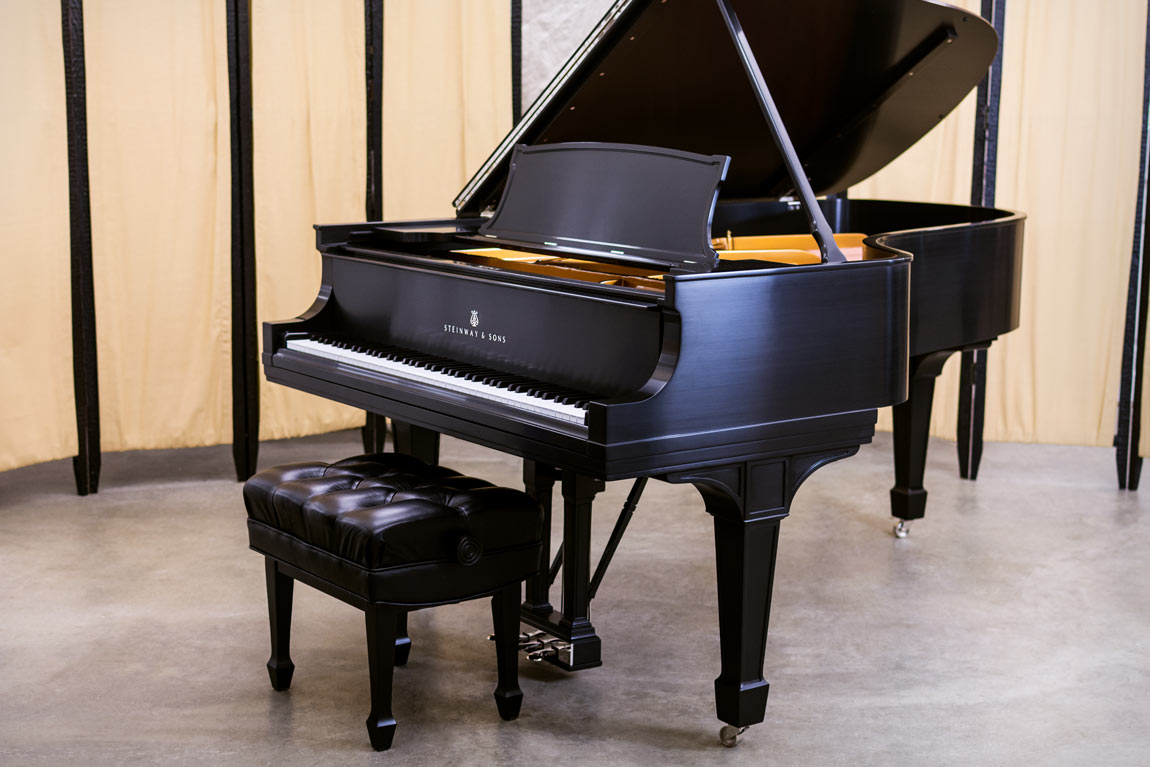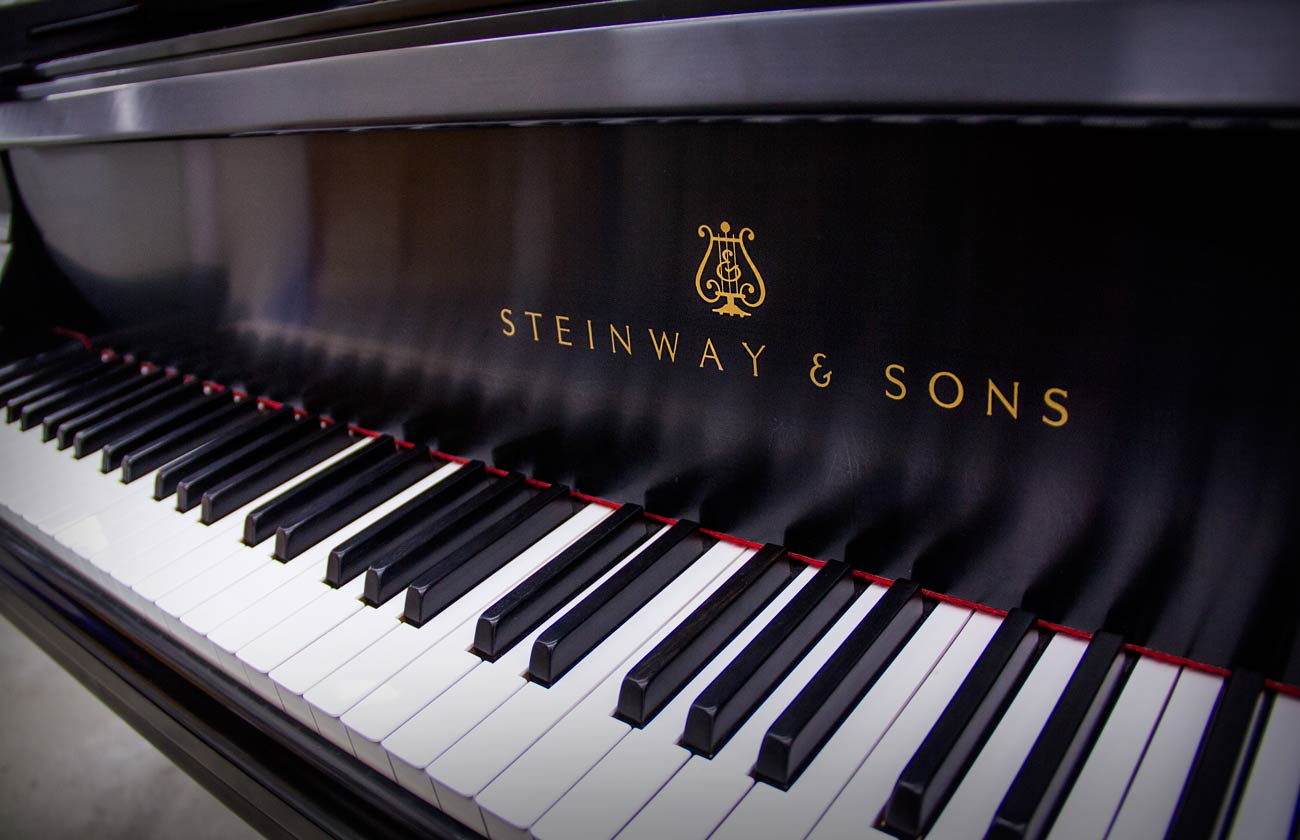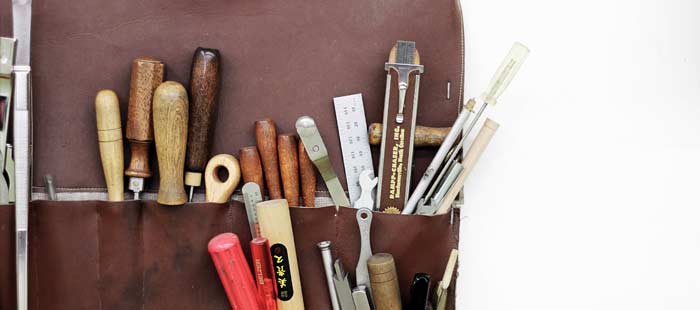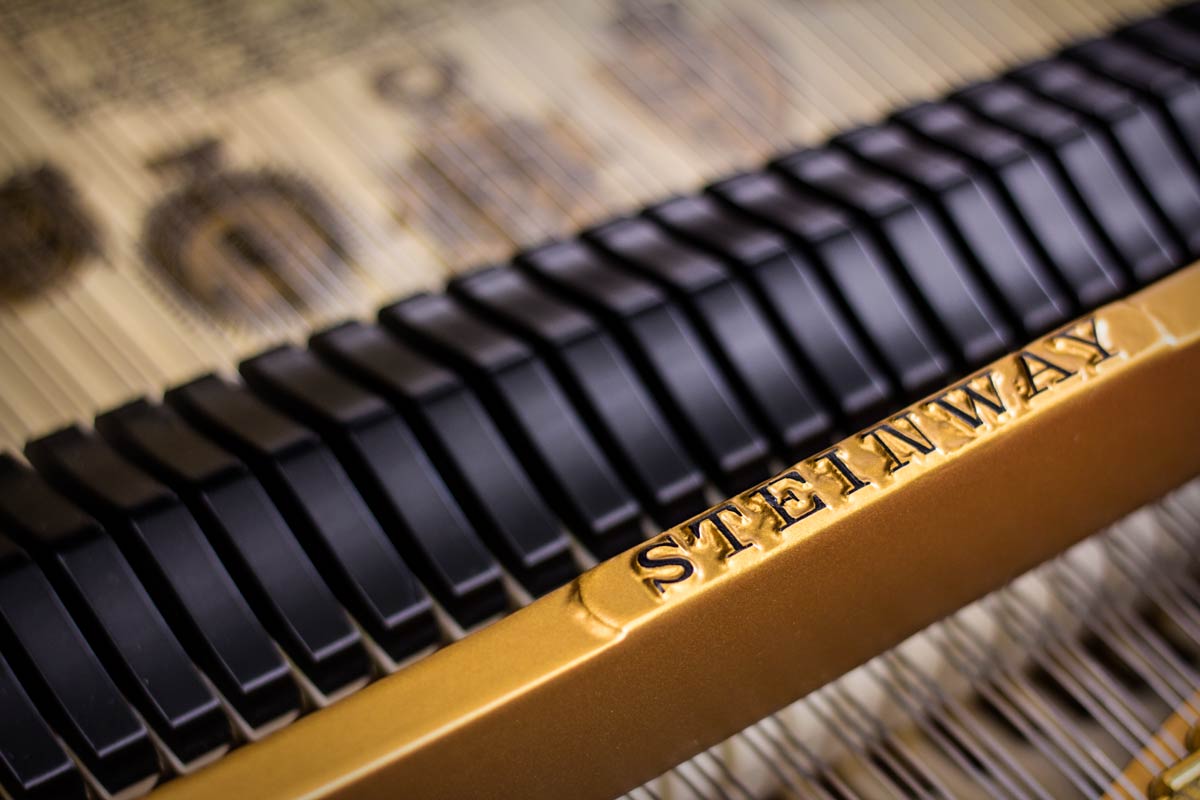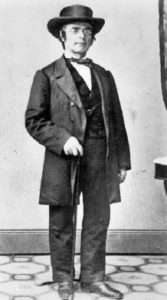The Steinway Model O vs. Model L – What’s the Difference?
Posted on March 1, 2016
at 6:44 pm
by Benjamin Rogers /
Piano History, Steinway Pianos, Uncategorized
The Steinway Model O vs. the Model L | What's the Difference?
Question: “The Steinway Model O and the Model L grand pianos seem to be about the same? What is the difference?
Similar Yet Different | Steinway Model vs. Model L
There are many differences between the various models of pianos bearing the name of Steinway & Sons. From the diminutive 5’1″ Model S to the imposing 8’11” Concert Model D, Steinway pianos run a wide range of sizes and sound. Each size of piano has its place and purpose. However there are models that are considered to be very similar and the Model O and the Model L are two of those. The Model O and the Model L are both about the same size and have actually both replaced each other during various periods in the Steinway & Sons company history.Dr. Howard Lantner on his Restored Steinway Model C
Letter of Recommendation | Restored Steinway Model C
Chupp's Piano Service recently fully restored a vintage Steinway & Sons Model C Semi-Concert Grand Piano for neurosurgeon Dr. Howard Lantner. He was kind enough to send in the following letter of recommendation about his experience purchasing from Chupp's Pianos.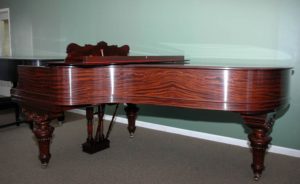 "I had taken piano lessons as a child for few a years. While I enjoyed it, it was a chore to practice, so quit after elementary school. I had hoped to resume it down the road. 24 years later, I finished school and training and settled in Connecticut. My parents still had the old upright piano in their home and let me take it to my home. I started taking piano lessons on it and hoped that one day I would progress enough to be worthy of a vintage Steinway Grand. That was 23 years ago.
"I had taken piano lessons as a child for few a years. While I enjoyed it, it was a chore to practice, so quit after elementary school. I had hoped to resume it down the road. 24 years later, I finished school and training and settled in Connecticut. My parents still had the old upright piano in their home and let me take it to my home. I started taking piano lessons on it and hoped that one day I would progress enough to be worthy of a vintage Steinway Grand. That was 23 years ago.
The Steinway Model A-1 vs. A-2 vs. A-3
The Steinway Model A Family | What's the Difference?
Question: “I was looking at Steinway Model A pianos and noticed that there are pianos labeled Model A-1, A-2 and A-3 and it is getting a bit confusing. What is the difference between these models of Steinway pianos?
